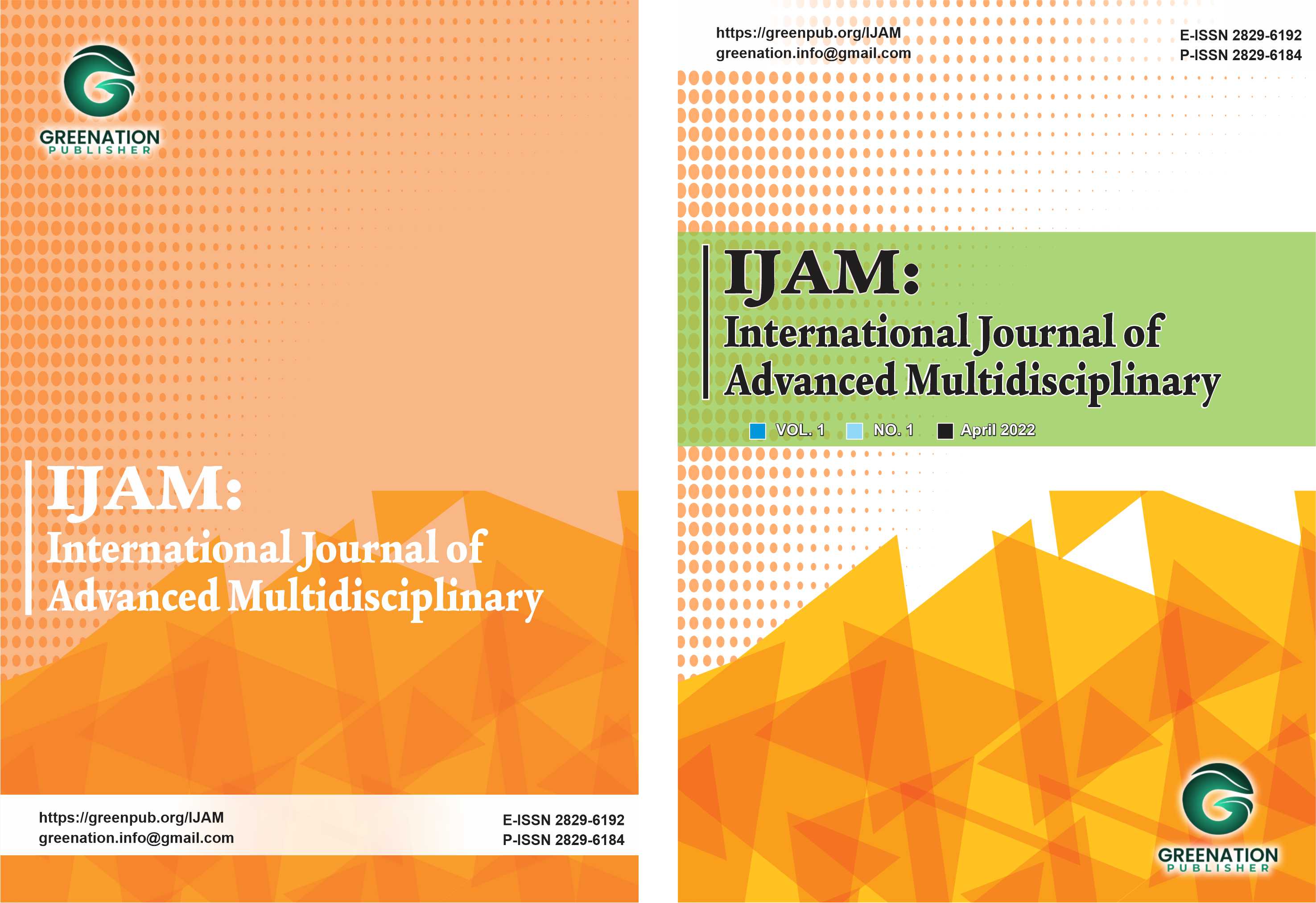Optimizing Air Compressor Productivity in Supporting Operational Activities on The Mt Ship. Gamalam
DOI:
https://doi.org/10.38035/ijam.v2i2.304Keywords:
Air Compressor, Suction Valve, Exhaust Valve, Lubricating OilAbstract
Air compressors are auxiliary machines on board that can produce high pressure air. This research was conducted because the productivity of the air compressor was less than optimal, causing air production and the performance of the air compressor to be less than optimal and disrupting operational activities on the ship. The impact that occurs when air production is reduced in the air compressor, the ship cannot operate according to the contract specified by the company, because the initial start of the main engine or main engine on board requires compressed air. Many factors can cause reduced production of air produced by air compressors, including the lack of performance of the suction valve and exhaust valve on the high pressure section which causes less maximum or longer time for filling air into the air bottle, low flow of the lubrication system on the piston which causes no compression to produce air. This research was carried out with the aim of identifying and analyzing the causes of the lack of performance of the suction and exhaust valves on high pressure sections and low flow of the piston lubrication system which results in less optimal performance of the air compressor when filling into air bottles. The method used in this study uses a qualitative descriptive method using primary and secondary data collection approaches and techniques. The lack of performance of the inlet and exhaust valves can be corrected by cleaning the carbon deposits on the valves and leveling the valve surfaces. The low flow of the lubrication system on the piston can be done by checking the lubricating oil pump, cleaning the lubricating oil filter, changing the lubricating oil periodically according to the instruction manual book, and adding lubricating oil according to the specifications of the air compressor.
References
Busro, Mohammed. 2018. Human Resource Management Theories. Jakarta: Prenadamedia Group.
Danuasmoro, Gunawan. 2003. Treatment Management. Jakarta. Publisher: Bina Citra Samudera Foundation.
Ministry of Education. 2014. Big Indonesian Dictionary. Eighteenth Printing Edition IV. Jakarta: Gramedia Pustaka Utama.
Handoyo, Jusak Johan. 2015. Ship Machinery Maintenance System. Djangkar Publishing. Jakarta
James Speight, 2020. Shale Oil and Gas Production Process. Gulf Professional Publishing.
JE Habibie. Management Maintenance AndShip Repair. NSOS. Jakarta.
Kusnadi and Taryana. 2016. 'Proposed Optimum Replacement Time for Gas Engine Components with Age-Based Replacement Models at PT. XYZ'. Technology Journal, 8(1).
Oxford Advanced Learner's Dictionary. 2005. Oxford: Oxford University Press.
Suparwo. 2013. Auxiliary Machinery on Commercial Ships. CV. Surya Efrindo. Jakarta.
Tahara, Haruo, Sularso. 2000. Pumps and Compressors. Pradnya Paramita. Jakarta.
Tanabe Pneumatic Machinery. Instruction Manual Book For Tanabe Air Compressor. Japan Maker: 1987.
Sitepu's determination. 2010. Study of the Use of Axial Compressors. Faculty of Engineering, University of North Sumatra. Indonesia
Downloads
Published
How to Cite
Issue
Section
License
Authors who publish their manuscripts in this journal agree to the following conditions:
- The copyright on each article belongs to the author(s).
- The author acknowledges that the International Journal of Advanced Multidisciplinary (IJAM) has the right to be the first to publish with a Creative Commons Attribution 4.0 International license (Attribution 4.0 International (CC BY 4.0).
- Authors can submit articles separately, arrange for the non-exclusive distribution of manuscripts that have been published in this journal into other versions (e.g., sent to the author's institutional repository, publication into books, etc.), by acknowledging that the manuscript has been published for the first time in the International Journal of Advanced Multidisciplinary (IJAM).























